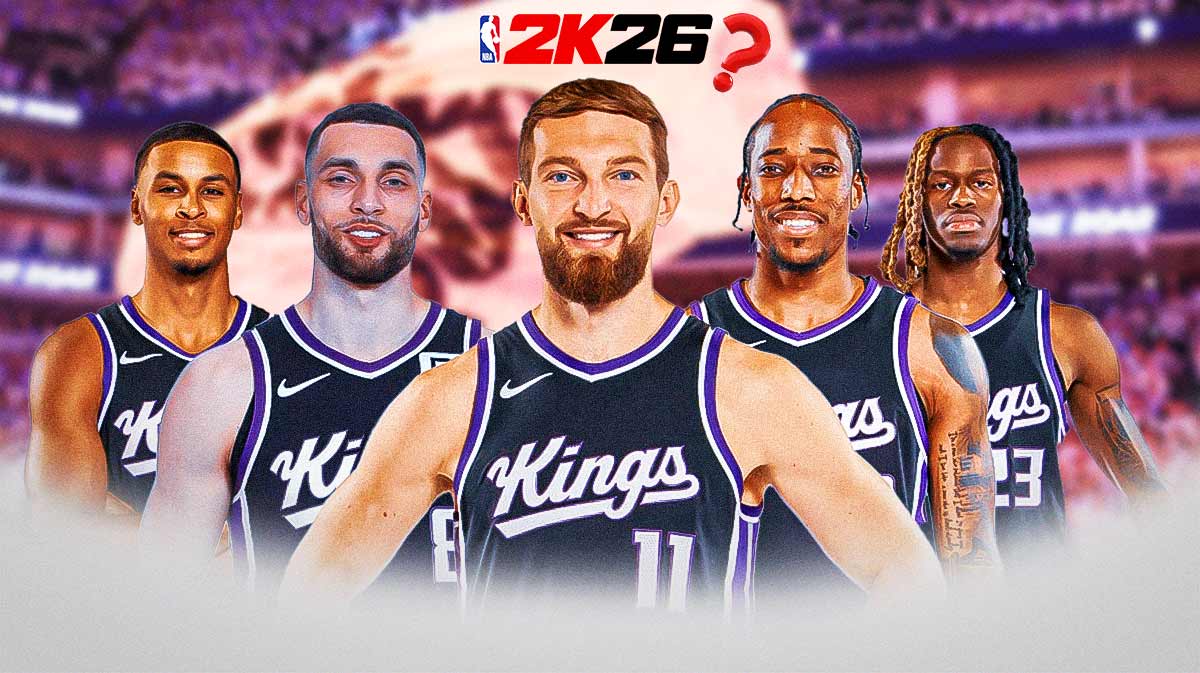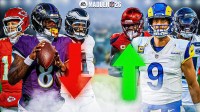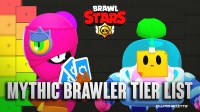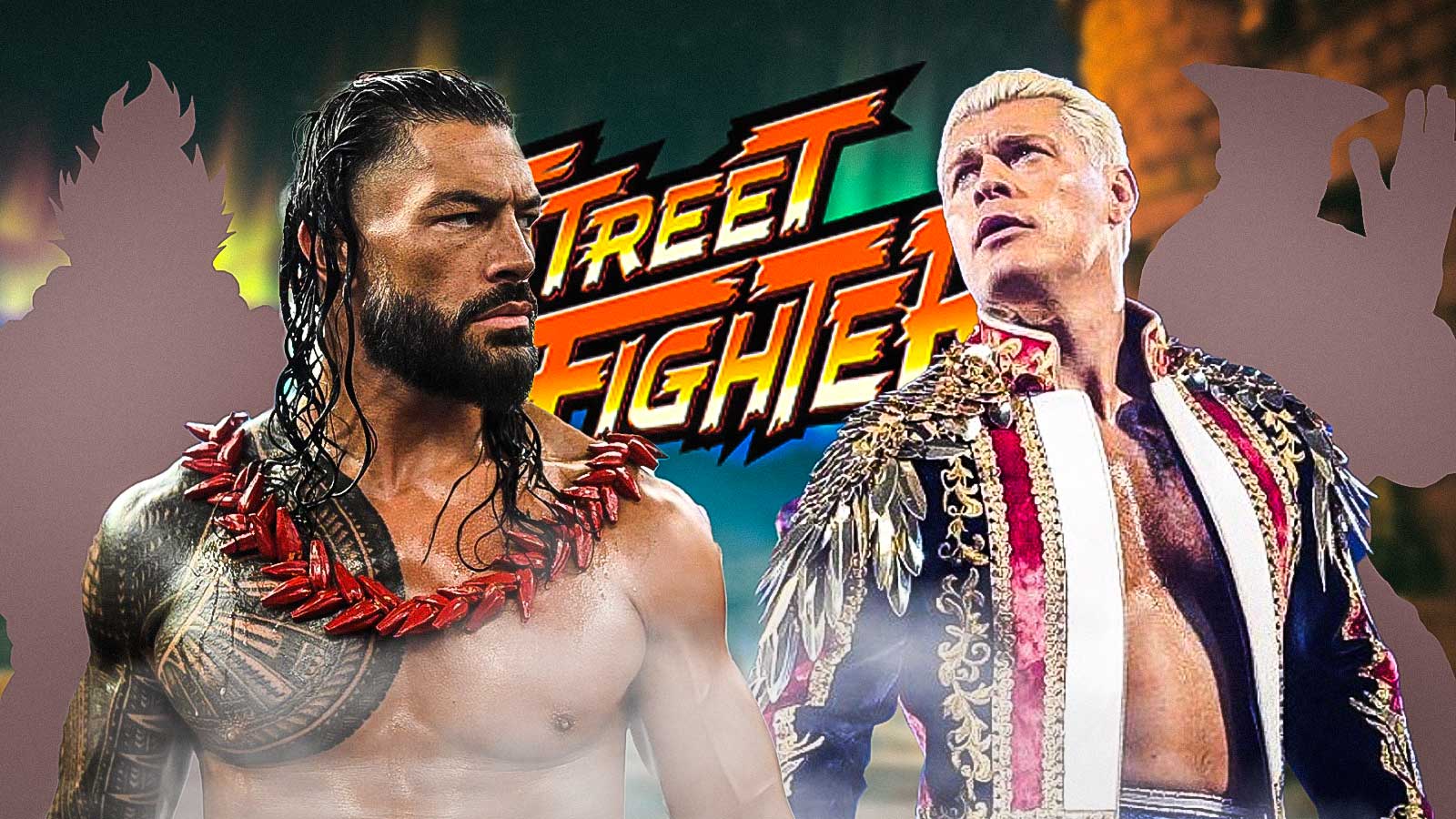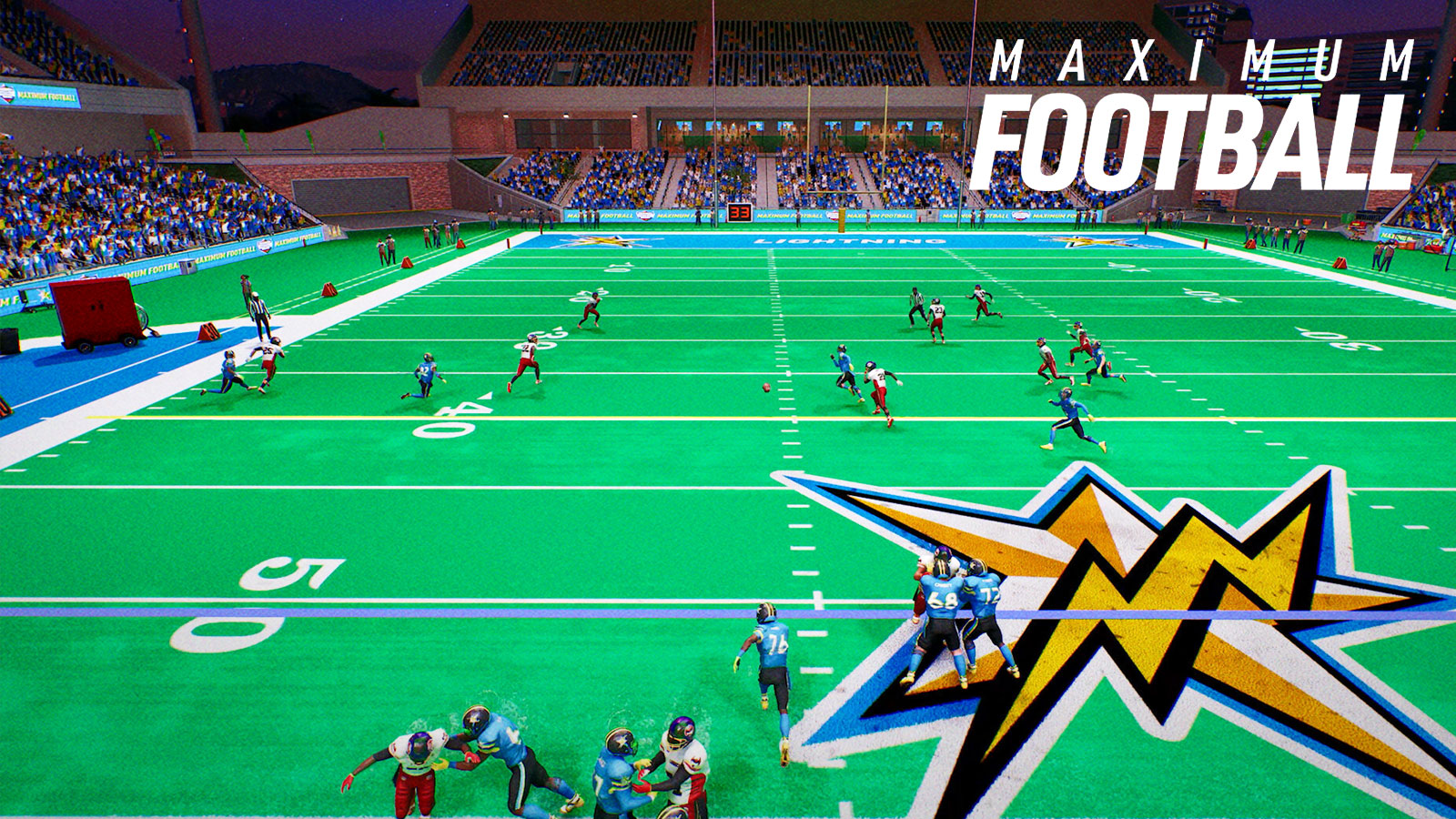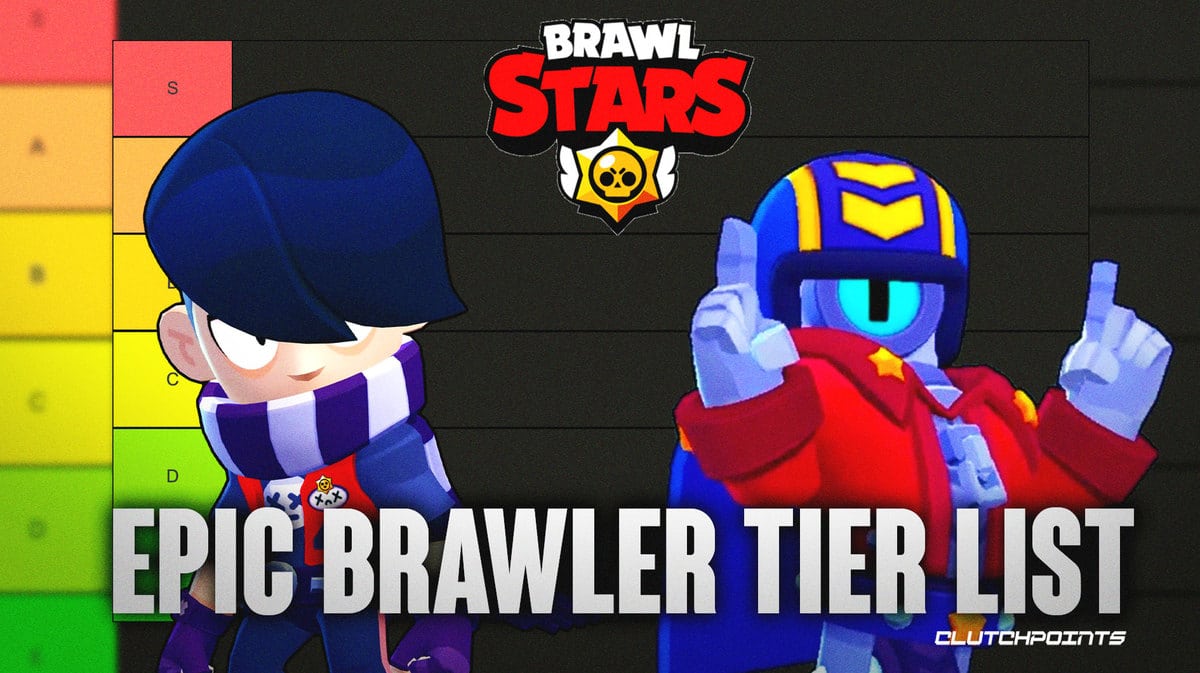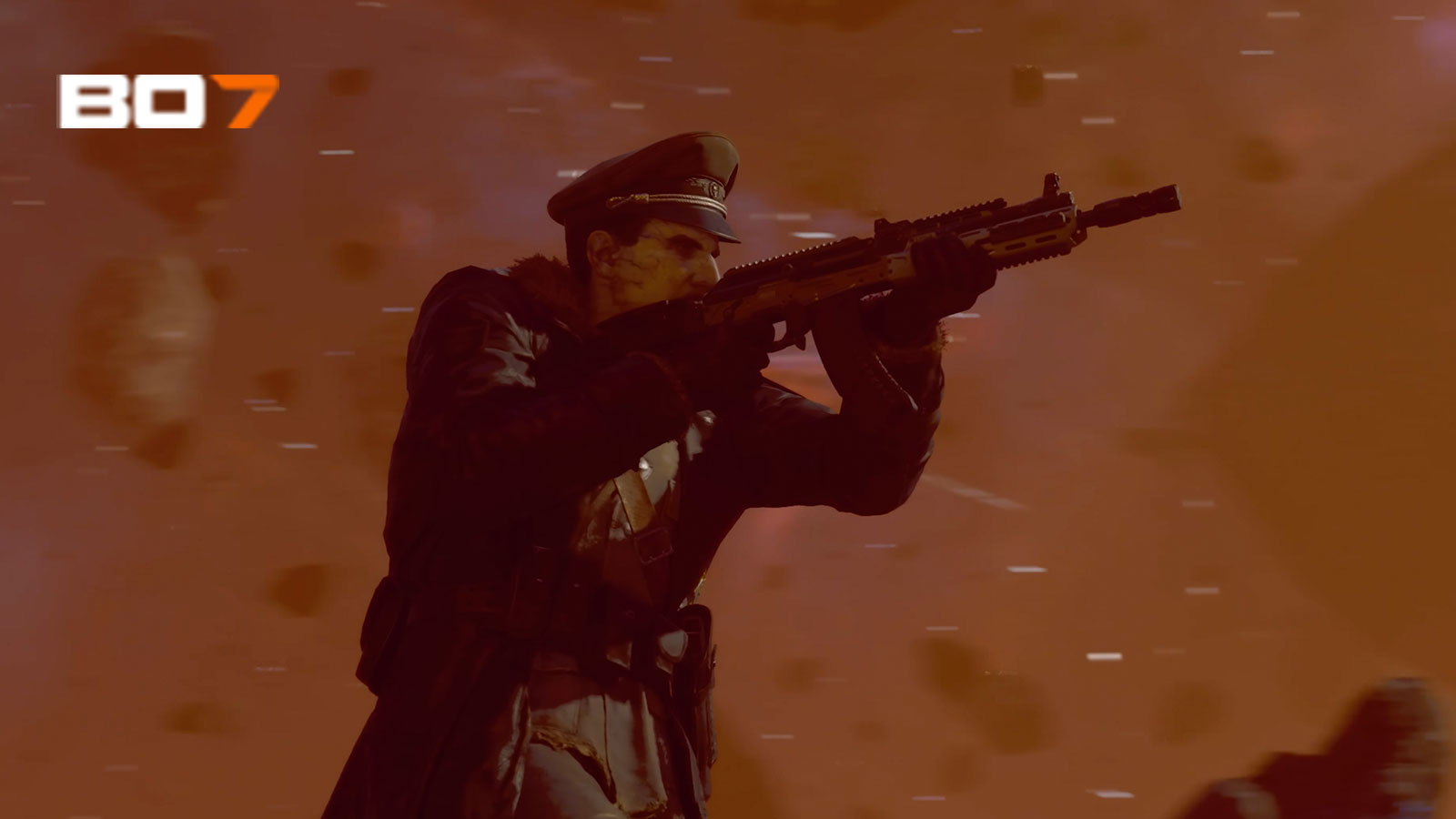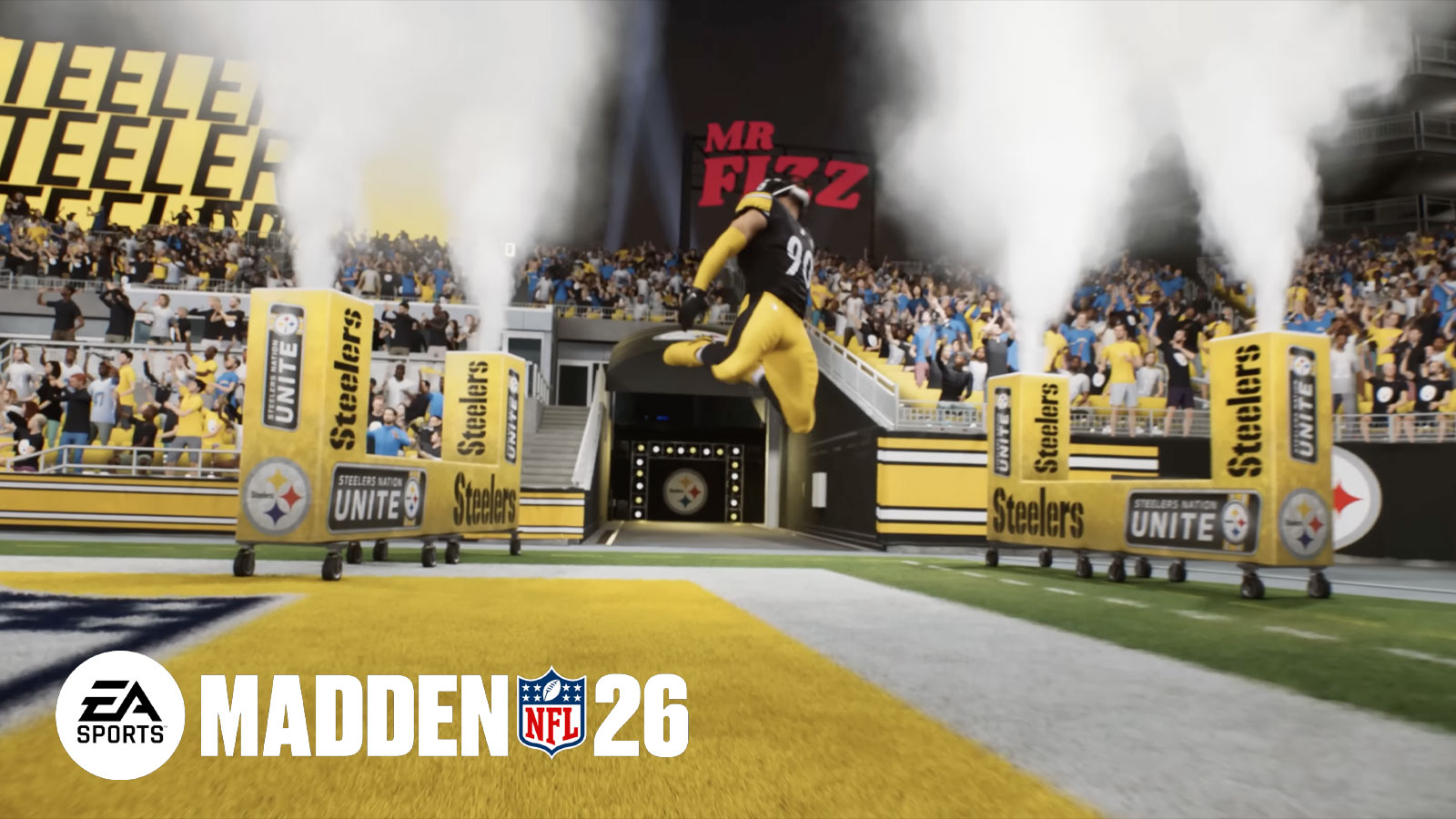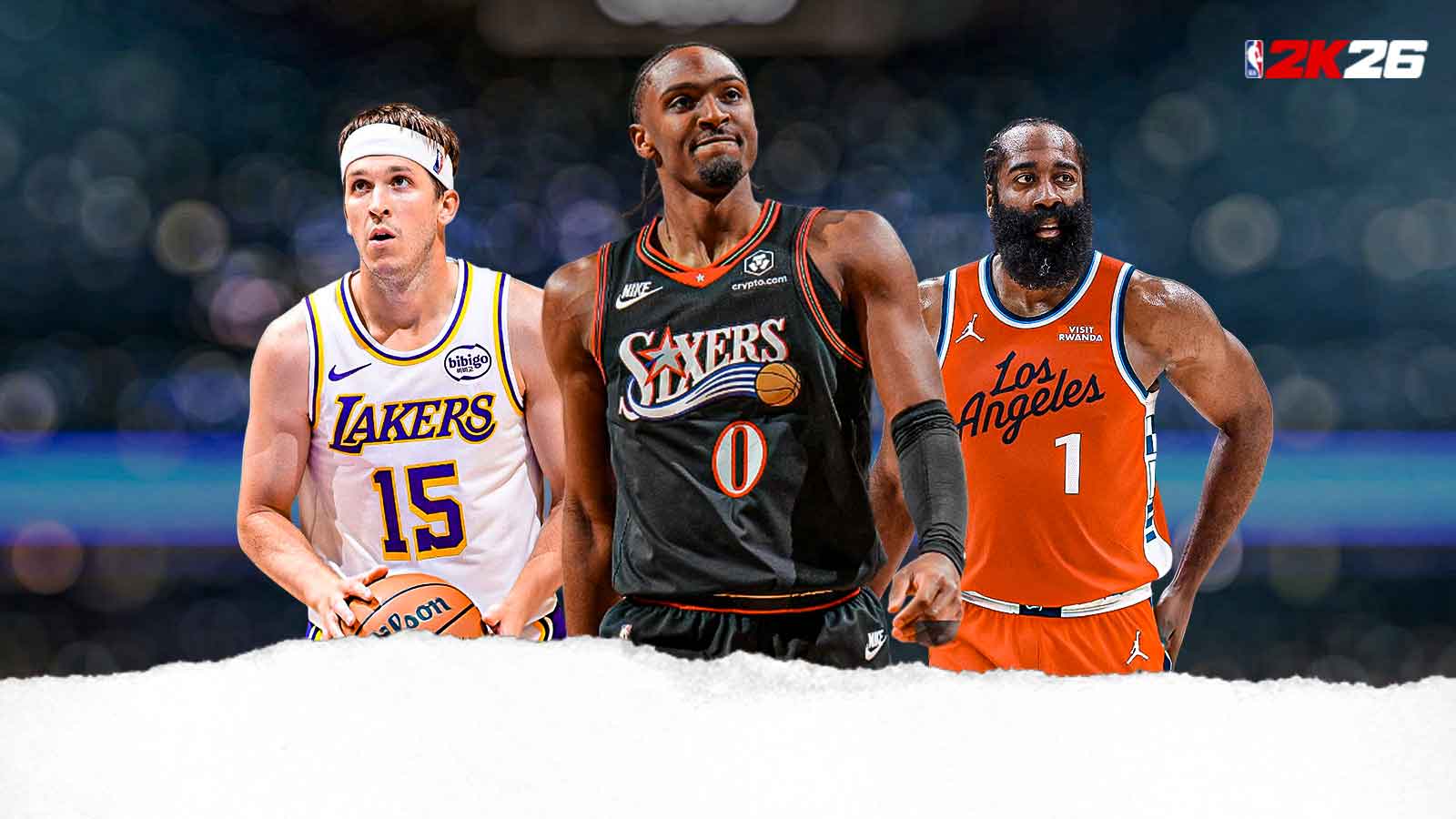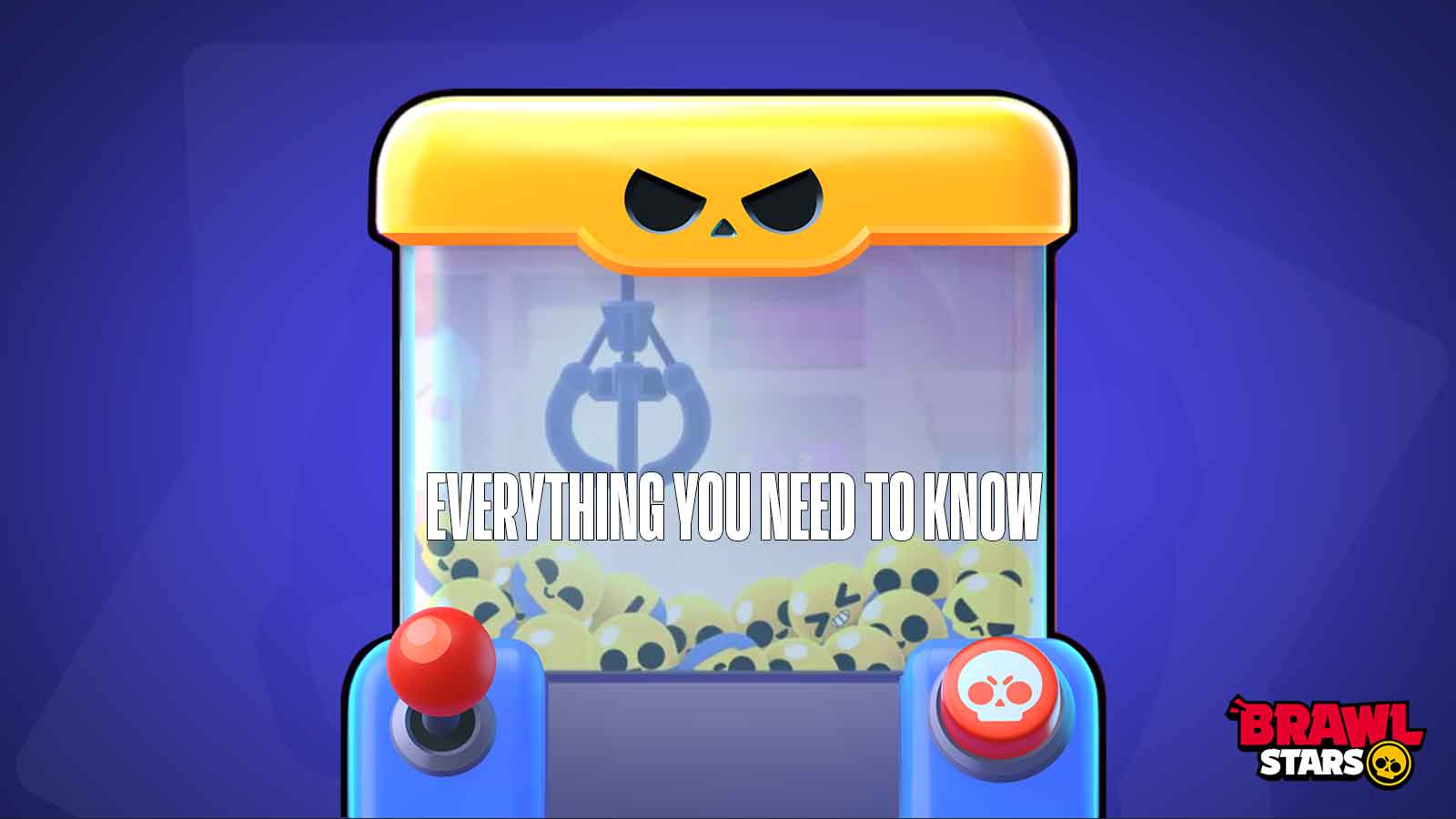NBA 2K26 did the Sacramento Kings no favors. The ratings flatten roles, misread fit, and misprice impact across a roster that now leans heavily on craft scoring around a hub big. The result: the wrong players are boosted, the right connective tissue is discounted, and the Kings’ true win conditions aren’t reflected. Here’s where 2K whiffed and what the numbers should look like.
Look at the clustering: three marquee names in the mid-80s and a wide middle tier sprawled between 77-81. That’s a safe distribution for a generic team, not for these Kings. In this offense, the hub isn’t a guard; it’s a big man who toggles between DHO maestro, short-roll playmaker, and elbow director. Surrounding that, you need precise off-ball timing, quick decisions, and two-way wings who scale without hijacking possessions.
NBA 2K26 instead pays a premium for isolation volume (fun on sticks, not always winning in sim) and underpays the players who actually keep the machine humming. That framing error sets up most of the specific misses below.
Domantas Sabonis: Underrated as a Top-10 offensive engine at 87 OVR
The build even hints at the truth: 83 three-ball, 75 dunk, and a “3-Level Scoring Playmaker” tag. But the 87 overall undervalues what truly drives the Sacramento Kings: elite handoff gravity, interior sealing, and advantage creation without pounding the clock. In 2K terms, that’s elite touches per possession with high conversion across post playmaking, screen assists, and offensive rebounding sequences that yield second-chance threes. His defense isn’t elite, but his offensive EPM-style footprint lifts an entire unit. Bump him to a round 90, and you finally reflect on how a Sabonis-centric scheme sustains top-tier regular-season offense and keeps role players in their lanes.
Why 2K missed: The engine skills (screen assists, DHO gravity, hit-ahead passing) don’t explode in user highlights, so the overall lags behind flashier isolation profiles.
Zach LaVine: Overrated in a possession-tight ecosystem at 85 OVR
There’s no denying the joystick candy: 87 from three, 94 dunk, elite pull-up cadence. But in this context, post-Fox, with Sabonis orchestrating and another high-touch mid-range scorer on the wing, pure on-ball volume has diminishing returns. 2K inflates players whose packages are fun one-on-one; it discounts the off-ball malleability, screen navigation, and team defense that actually swing Sacramento’s high-leverage possessions. LaVine is a killer when he’s your pace-changer; as a co-primary next to DeRozan and behind Sabonis, that 85 bakes in usage he likely won’t get without squeezing spacing and touches elsewhere.
scary hours when 8️⃣ gets cookin' 🔥 pic.twitter.com/VGnmCa5gn5
— Sacramento Kings (@SacramentoKings) August 26, 2025
Corrective nudge: Dial him to 82, keep his shooting and finishing scary, and lower the overall to reflect real possession equity.
DeMar DeRozan: Overrated by the mid-range halo at 85 OVR
Label and badges are on point: a shot-creator with 77 from deep, elite craft inside the arc, and late-clock bailout value. But the overall overshoots when paired with another high-touch scorer and a hub big. In 2K sim logic, lineups need at least three above-average spacers around Sabonis to maintain the geometry that unlocks DHO sequences and split actions. A 77 three diminishes that spacing, and it forces more nail help, which bogs down the read-and-react flow. DeRozan’s individual shot-making still wins possessions; the overall just needs to reflect the trade-offs to lineup balance.
Fix: 83 OVR, with playmaking and strength intact, trims the tax on spacing while preserving his clutch, foul-drawing, and mismatch-hunting edge.
Keegan Murray: Underrated at 81 OVR
This is the quintessential 2K blind spot. Murray’s card (83 three, 80 dunk, switchable size) screams “perfect Sabonis wing”: a quick-trigger spacer who can lift actions with relocation threes, cut timing, and secondary contesting on the other end. He’s precisely the player who raises lineup ceilings without demanding the ball. In 2K’s engine, giving him a modest overall means the sim undervalues five-man spacing and the defensive sturdiness that keeps the Kings out of scramble. Bumping Keegan to 84 rewards scalable impact and unlocks more green releases in high-pressure sets.
Bonus: A small defensive IQ/contest boost would better mirror how he holds structure against strong West forwards.
Keon Ellis: Underrated at 78 OVR
At 78 overall with an 86 three and “3 & D Point” label, Ellis is already useful. But he’s the archetype that turns a Sabonis offense into playoff-ready lineups: point-of-attack defense that keeps dribble penetration in check, low-usage, instant-trigger spacing, and back-line instincts to tag rollers then recover to shooters. In 2K terms, he should carry higher defensive consistency and pick-dodge style ratings that allow Sacramento to stay out of auto-switch purgatory. A move to 81 better aligns with his outsized lineup-fit value.
Gameplay ripple: With Ellis boosted, you can keep a two-creator lineup without hemorrhaging stops at the point of attack.
Malik Monk: Slightly low at 81 OVR
Monk’s 81 sells the sixth-man microwave narrative, but his on-ball creation against second units and late-clock solving against starters warrants a hair more respect. The 80/80 (3PT/DNK) split is fine; the uptick should come from ball-handling, pass accuracy on live-dribble reads, and blindside shot-contests that fuel runouts. At 82, he more consistently swings quarters in sim and in user games without stepping on Sabonis’ orchestration.
'Lik the 𝐩𝐥𝐚𝐲𝐦𝐚𝐤𝐞𝐫 💪#nbaassistweek pic.twitter.com/1fqerVlm82
— Sacramento Kings (@SacramentoKings) August 21, 2025
Why not higher? Defensive volatility. Keep his ceiling high, floor honest.
Role players and rotational edges 2K flattened
Drew Eubanks (77) is serviceable at that number, but his rim-running, screen-re-screen savvy, and vertical spacing are more valuable next to Sabonis than the overall implies; a specialist badge tune would fix more than an OVR bump. Dennis Schröder (78) is close, though his value should spike when flanked by Murray/Ellis due to POA defense and downhill pace, think small boosts to transition playmaking rather than overall. Doug McDermott (71) has the right overall but needs a faster catch-and-shoot release to match his “Catch & Shoot Ace” label; again, badge tuning over OVR.
2K26 graded for spectacle and missed the scaffolding. Sacramento’s winning path isn’t three separate 85-ish isolation engines; it’s one hub that supercharges motion, surrounded by low-maintenance scoring and real defense. Elevate the engine, reward the scalable wings, trim the redundant isolation shine, and suddenly the Kings’ virtual identity matches the blueprint that can actually win games.

